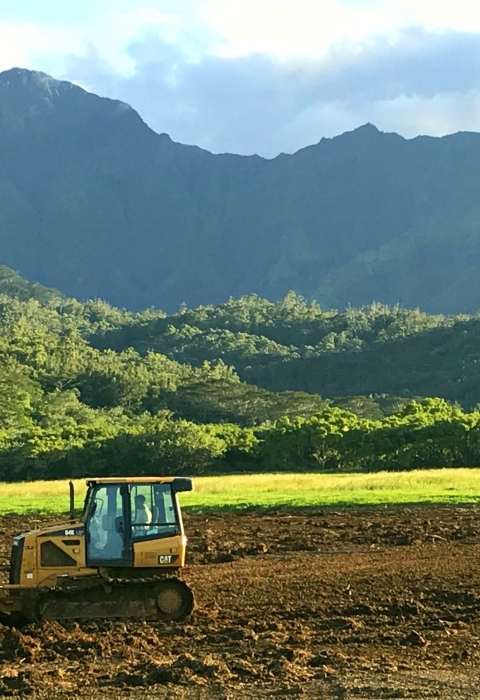As part of its ongoing commitment to preserving America’s rich wildlife legacy and the ability of all Americans to enjoy their unique and spectacular public lands, the U.S. Fish and Wildlife Service is finalizing a rule to govern the management of non-federal oil and gas development on lands of the National Wildlife Refuge System. The final revisions to the 50-year-old regulations allow for the continued responsible extraction of oil and gas, but require closer adherence to industry best management practices, and will prevent the potentially hazardous abandonment of infrastructure and on-refuge disposal of debris.
The Service is responsible for managing more than 850 million acres in the Refuge System, including five marine national monuments, 565 national wildlife refuges and 38 wetland management districts. Refuges are critical to the local communities that surround them, serving as centers for recreation, economic growth, and landscape health and resiliency. In doing so, they support regional economies to the tune of $2.4 billion dollars per year and more than 35,000 jobs.
Private individuals and other entities retain ownership of subsurface minerals on many Service lands, including national wildlife refuges, and have the legal right to develop those resources. The revised regulations will reduce refuge impacts, including habitat loss and degradation, wildlife mortality and displacement, and other risks to ecological integrity. The revisions will avoid or minimize the adverse effects on natural and cultural resources and wildlife-dependent recreation associated with oil and gas development activities.
“National wildlife refuges play a critical role in protecting fish, wildlife, plants and their habitats as well as an important role in human communities,” said Service Director Dan Ashe. “These updated regulations will ensure a consistent and effective regulatory environment for oil and gas operators, and protect public health and safety while offering Americans unrivaled places to hunt, fish, hike, boat and just enjoy being outdoors.”
More than 100 refuges have oil and gas operations, including almost 1,700 wells actively producing oil and gas, and thousands more inactive or plugged wells. While in most instances, impacts on refuge resources are minimal, improperly conducted oil and gas activities on refuges can result in significant damage to wildlife and their habitats.
Abandoned pump jacks, tanks, power lines, oilfield trash and debris litter approximately 15 percent of refuges nationwide. Oilfield equipment, construction materials and debris abandoned when wells cease producing conflict with the purpose of refuges and the expectations of refuge visitors to experience natural habitat. Derelict oilfield equipment not only is an eyesore, it presents a potential hazard to wildlife Service employees and the public. In some instances, operators have responded to spills and leaks in ways that caused additional harm and failed to remediate all of the impacts to the surrounding area. The final rule will require oil and gas operators to immediately report spills, respond to them with oversight by the Service, and conduct restoration under Service-approved plans.
A fundamental benefit of the final rule is that it will ensure all operations on refuges are reclaimed by plugging wells, removing all above-ground structures, equipment, roads and contaminating substances, reestablishing native vegetation, and restoring disturbed areas to productive habitat.
The revisions will ensure that non-federal oil and gas operations are conducted in a manner that avoids or minimizes impacts to refuge resources and uses by providing: regulatory clarity and guidance to oil and gas operators and refuge staff; a simple process for compliance; and flexibility to incorporate technological improvements in exploration and drilling technology across different environments.
More than 48 million visits are made to refuges every year. The final rule will help ensure that visitors to national wildlife refuges will be impacted as little as possible by non-federal oil and gas operations.
Throughout the rulemaking process, the Service received input from the public, the oil and gas industry, other federal agencies, and conservation groups to ensure the proposed regulations are consistent with best management practices and other industry standards for wildlife habitat conservation within the Refuge System. Revisions were made to the final rule to clarify it does not apply to refuges in Alaska. However, the standards in the rule can be used by the Service in Alaska as guidance on how to protect refuge resources and uses from the impacts of non-federal oil and gas activities as required by the Alaska National Interest Lands Conservation Act and Alaska Native Claims Settlement Act.
The final rule is being published concurrently with the record of decision as required by the National Environmental Policy Act. Both will publish in the Federal Register on November 14, 2016; the final rule will become effective on December 14, 2016. More information, including the final environmental impact statement, is available at: http://www.fws.gov/refuges/oil-and-gas/.


